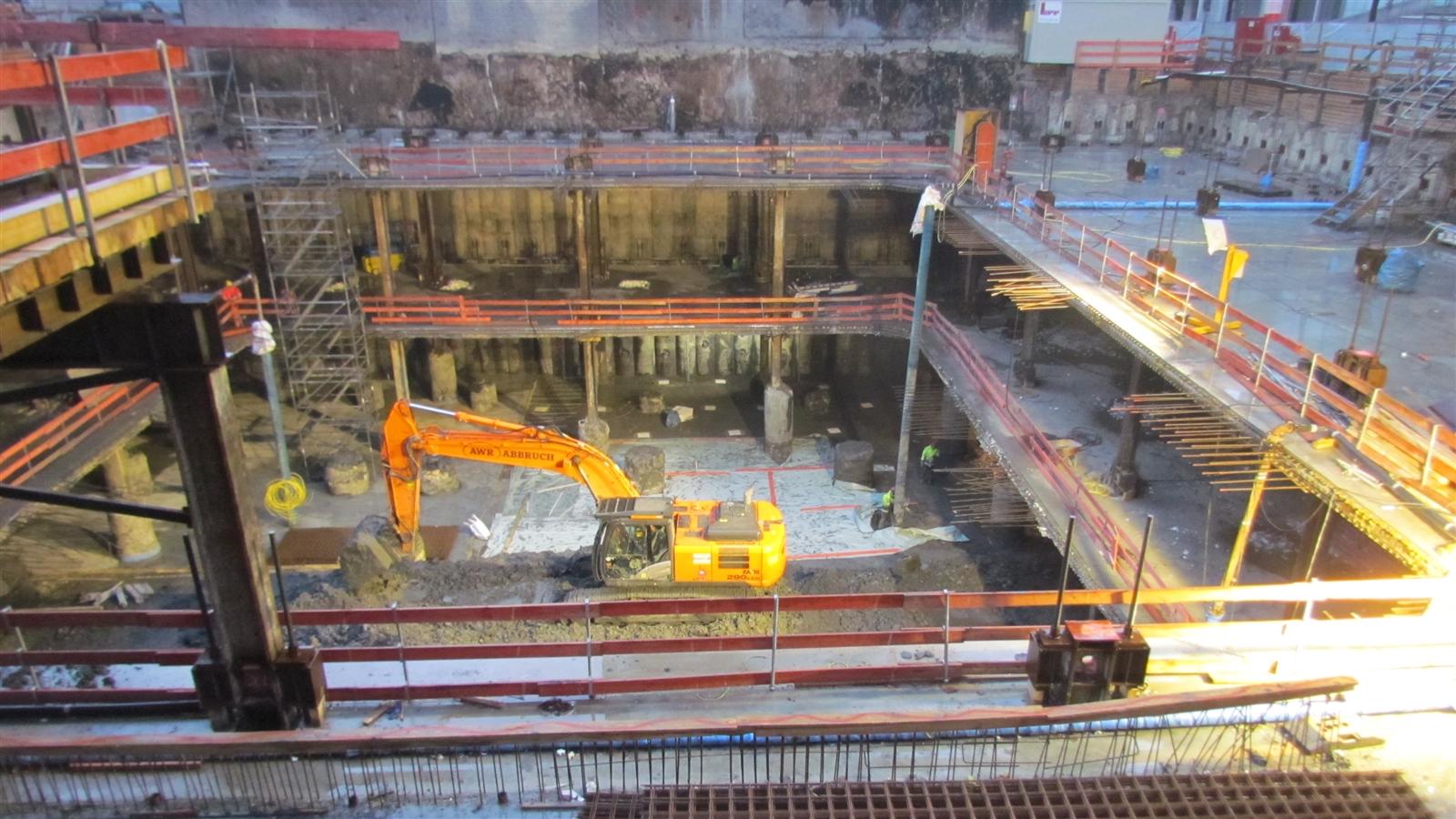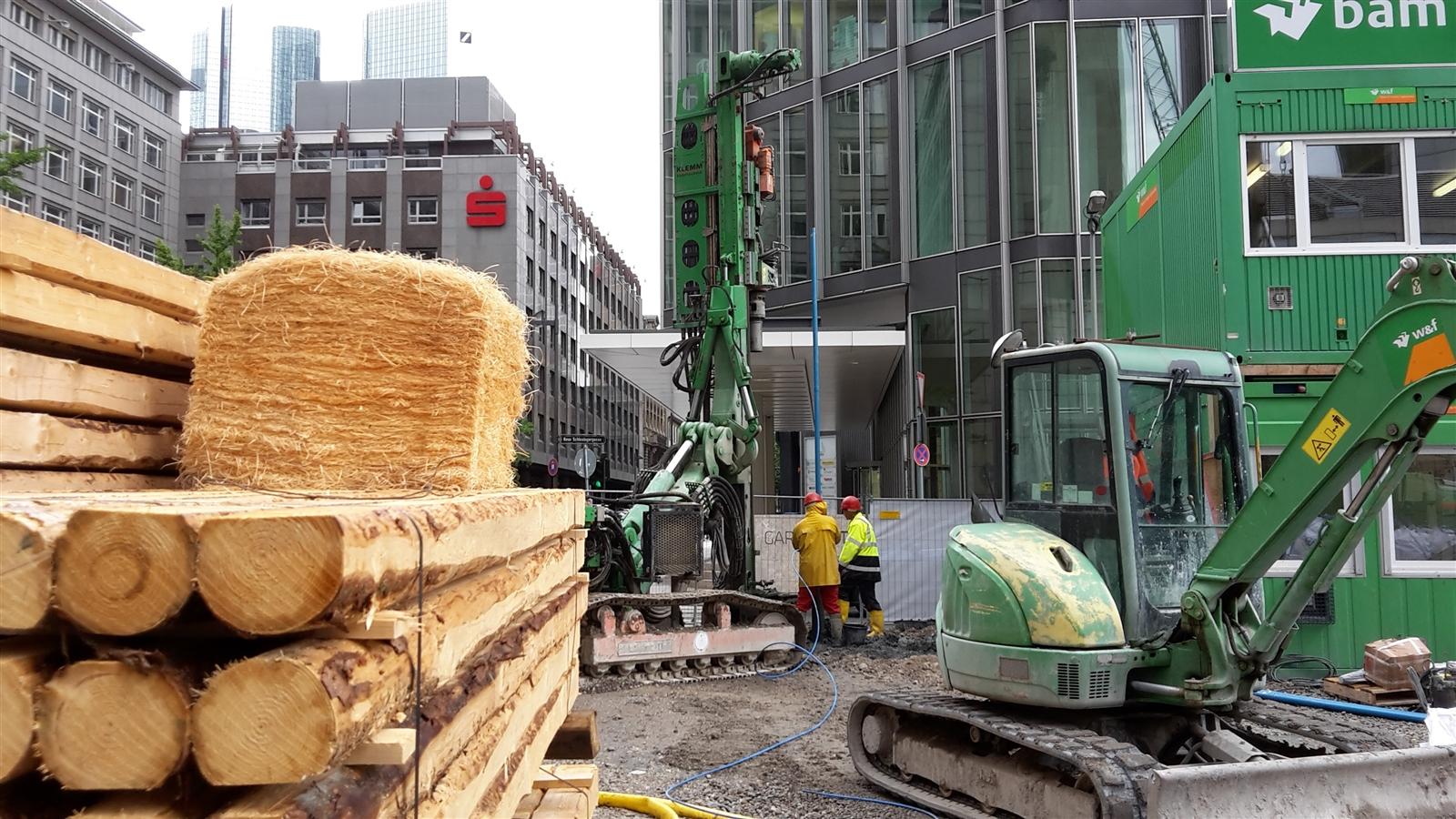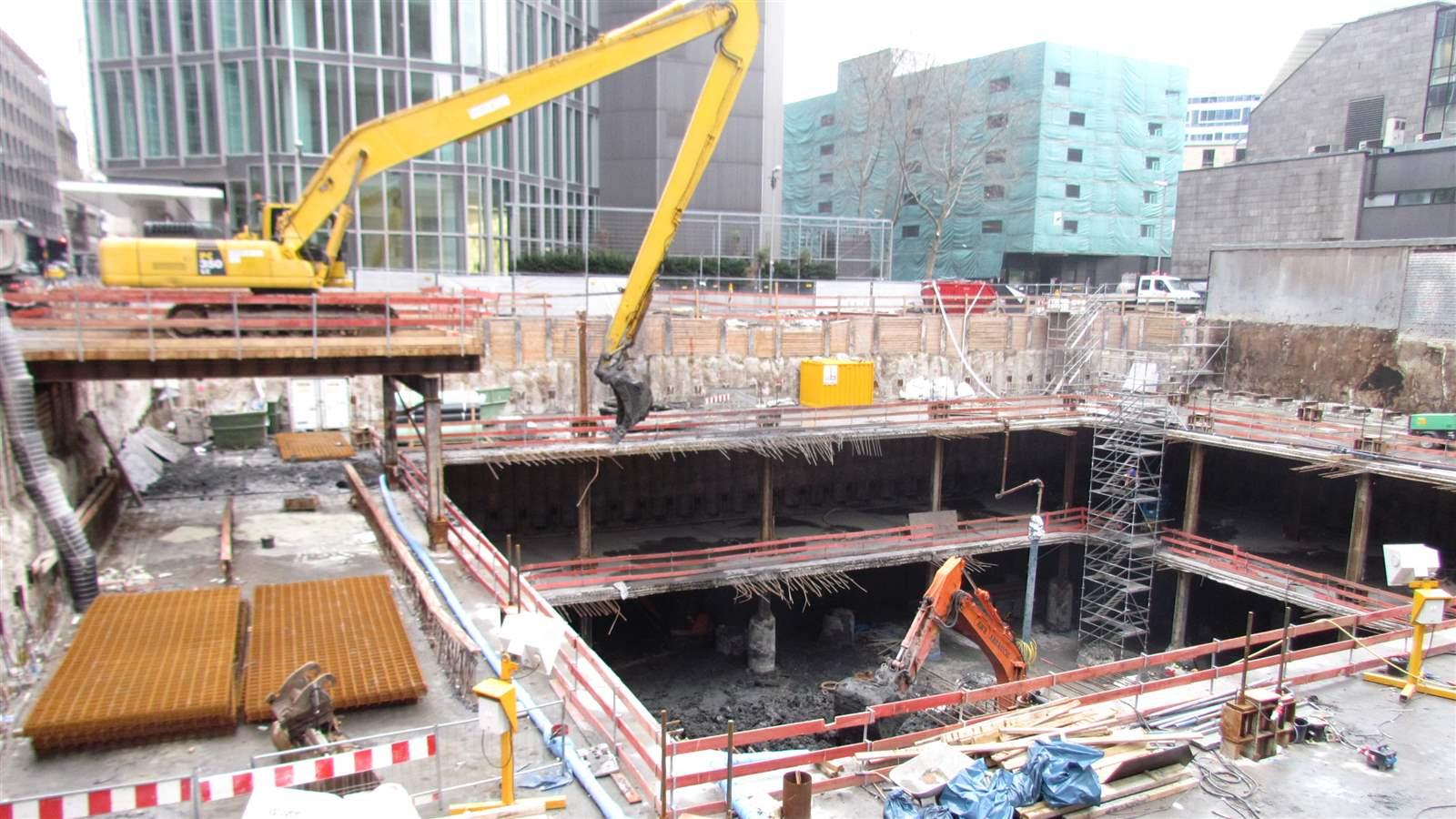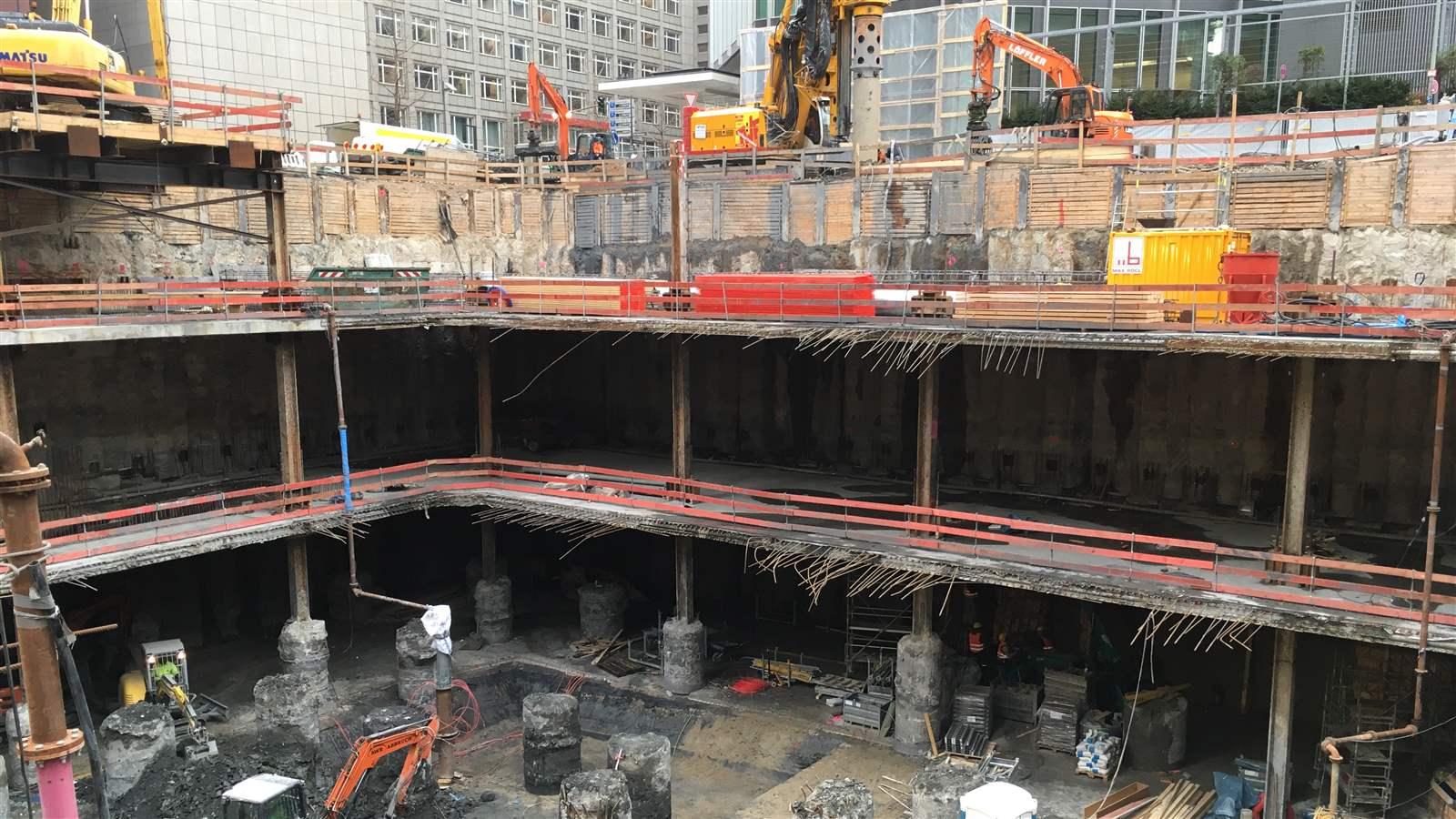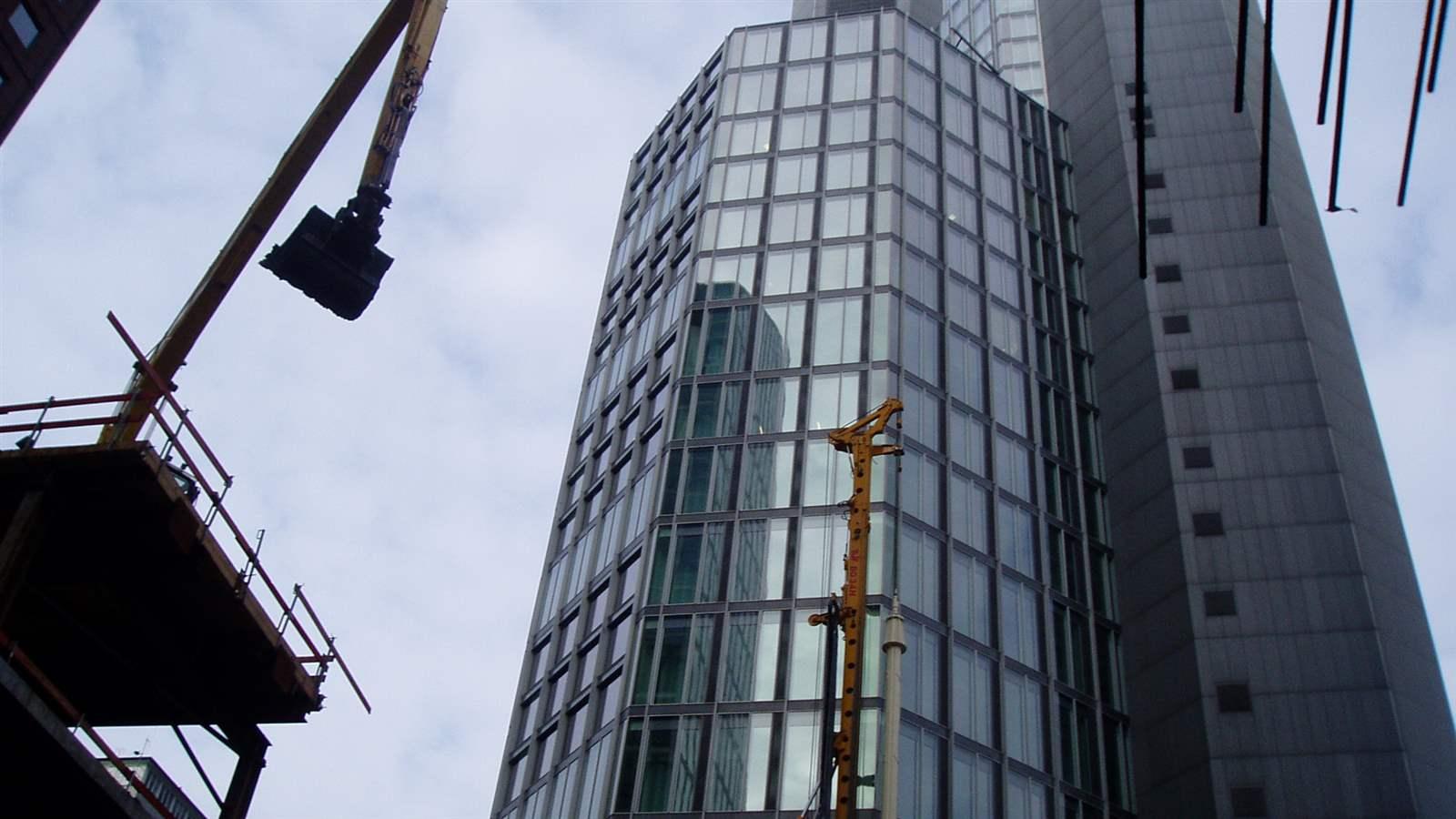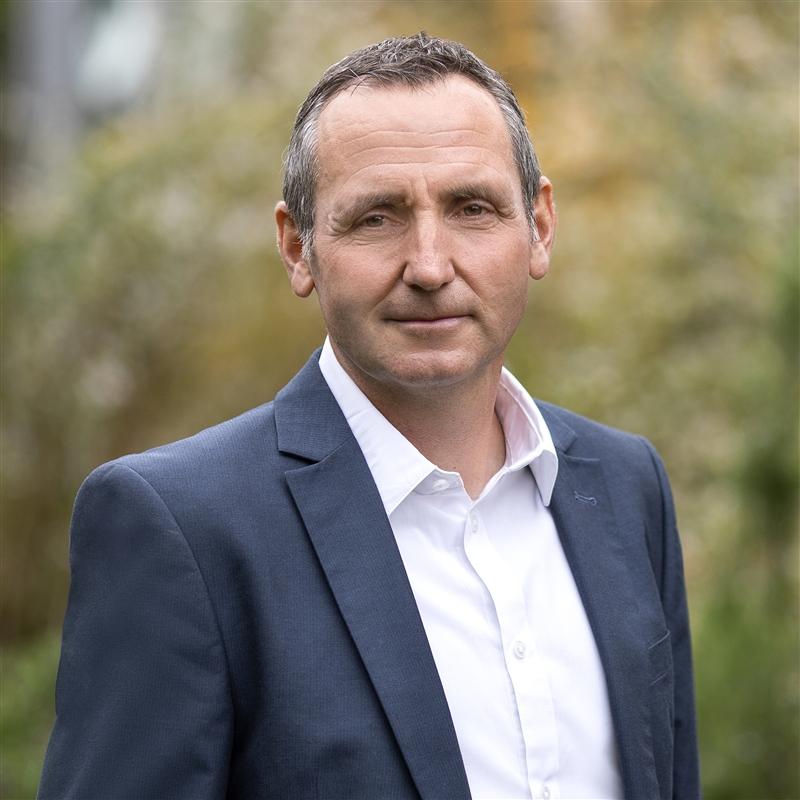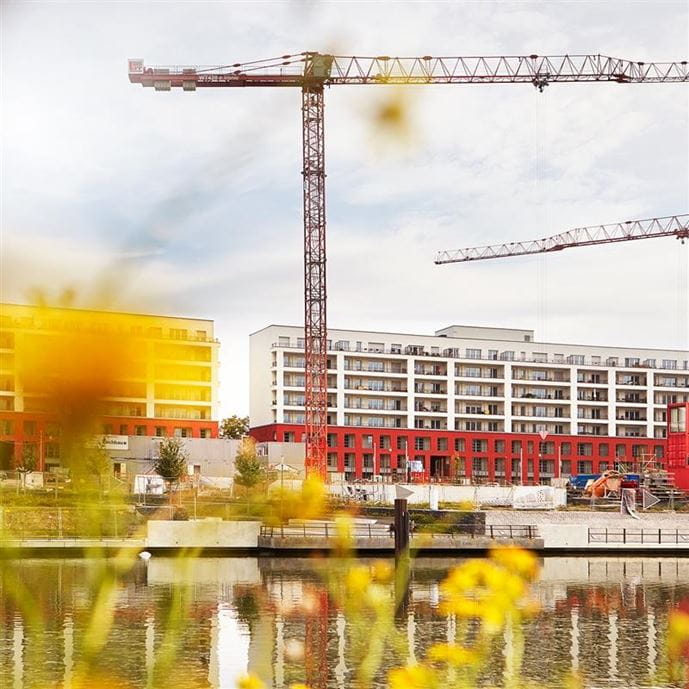Geotechnical Challenges in the Face of Increasing Urban Density
The Burj Khalifa soars 828 meters into the sky over Dubai – currently the world’s tallest skyscraper at more than 160 floors. We will soon be seeing other prestige projects putting the Burj Khalifa into the shade – the Jeddah Tower in neighbouring Saudi Arabia to be completed by 2019 is set to break the 1,000-metre mark. China and the United Arab Emirates are also planning buildings of similar height.
We’re still a long way from buildings of this height here in Germany; the highest German high-rise building is the Commerzbank Tower in Frankfurt at just 260 metres – a dwarf of a skyscraper by international standards. Even so, the building code of the state of Hesse defines high-rise buildings more than 22 m in height as 'special buildings'.
These special buildings pose a variety of legal, financial, environmental and engineering challenges for builders, developers and investors. The geotechnical engineering factors hidden underground are often underestimated in a construction project. Laying a high-rise foundation and carrying out the necessary excavation work require careful site surveys and a thoroughly planned and dimensioned excavation pit to be financially feasible.
Urban areas place high demands on foundation planning. Confined spaces often next to utilities and transportation infrastructure as well as other buildings turn planning and execution in civil engineering into a complex endeavour. Some cities – such as Frankfurt – have difficult soil conditions as well, making support for heavy loads or preparation of watertight excavations even more complicated.
It takes years of theoretical and practical experience to find an ideal foundation concept for a high-rise building. The right expertise saves significant costs in laying deep foundations.
Excavation can quickly reach depths of 20 m or more at 4 to 5 basement floors, and needs to be structurally enclosed. Apart from that, the foundations must be protected against groundwater, or the groundwater table needs to be lowered. Either way, water protection factors will apply, especially if pumping out groundwater transports contaminated water that requires treatment before being reintroduced into the ground. In addition, site excavation requires moving large masses of soil and possibly also debris from old buildings that must be properly assessed and disposed of.
Combined pile-plate foundations have proven effective and economical in safely supporting large high-rise structures and avoiding subsidence in neighbouring buildings. As the name implies, the loads are not simply removed from the foundation slab, but also laid down in the ground by means of foundation piles. Since the elements of the pile, the ground and the ground slab are interdependent, these interactions can be precisely defined by means of multi-dimensional numerical models, in close coordination with the structural engineer of the building. This is not an everyday task and requires expertise and competence.
Determining a technically and economically ideal foundation type always involves a multi-pronged approach to the problem – the structure with its loads, the construction in the immediate environment, the properties of the site, groundwater and excavation material, as well as construction logistics need to be included in planning. Sound geotechnical engineering and consultation services from a single source give investors, builders and developers the assurance they need that their building will be built on a secure and economically viable foundation.

Structures are prototypes and require the creativity of all parties involved.
Geotechnical category
Relevant standards in the construction sector place standard buildings such as single and multi-family houses in geotechnical categories 1 to 2. High-rise buildings, on the other hand, belong to geotechnical category 3 and require extended geotechnical knowledge and explorations.

